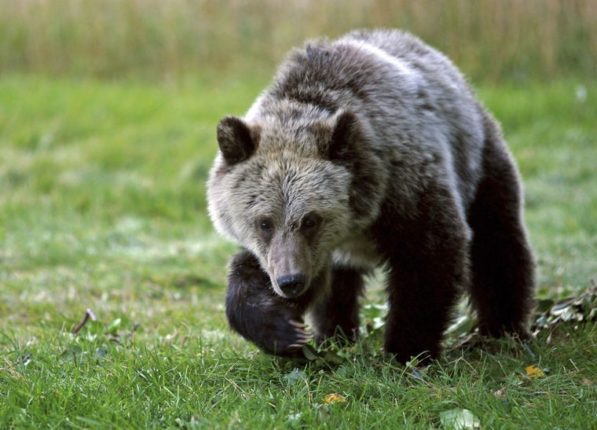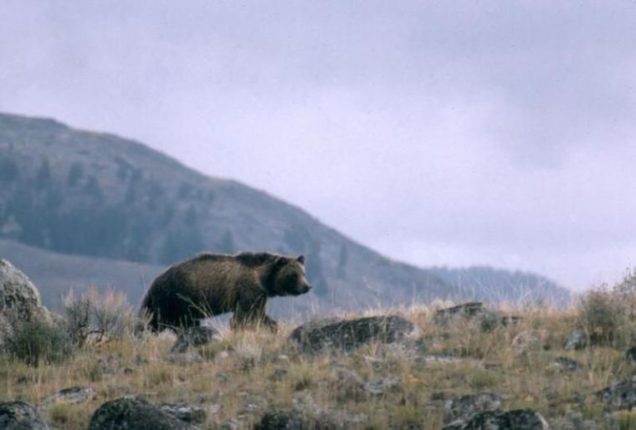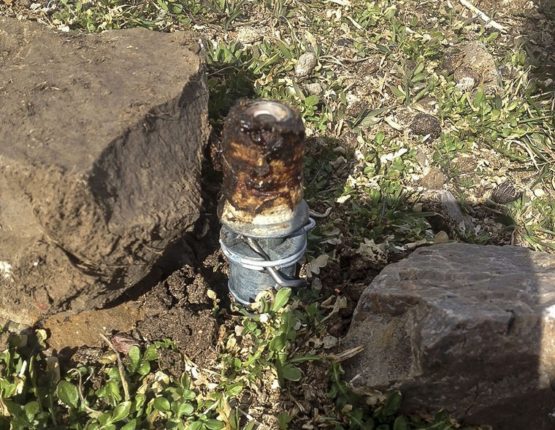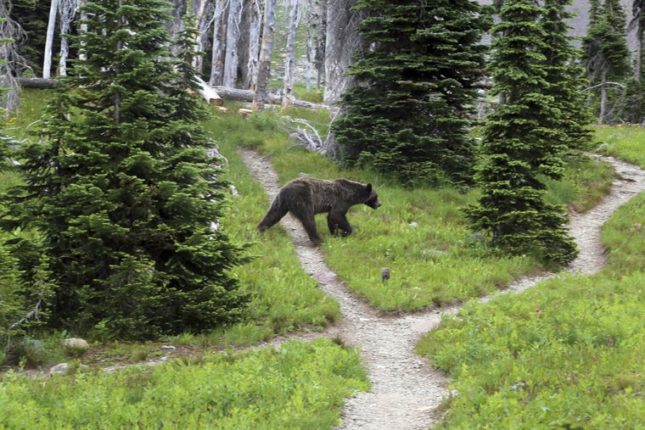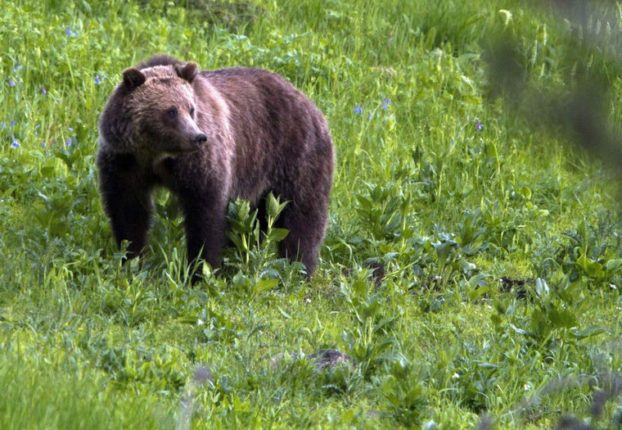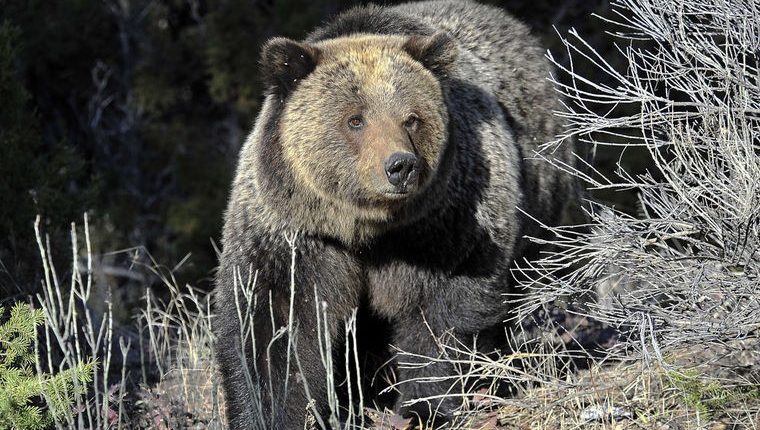BILLINGS, Mont. (AP) — Grizzly bear numbers in and around Yellowstone National Park are holding relatively steady, according to figures released Thursday, as state wildlife officials begin discussions on whether to hold the first public hunts for the animals in decades.
There are an estimated 718 bears in the Yellowstone region that includes portions of Wyoming, Montana and Idaho, according to the leader of the Interagency Grizzly Bear Study Team.
That’s up slightly from last year’s tally of 695 bruins, but is not considered a significant increase because of uncertainties around the estimates, said study team leader Frank van Manen with the U.S. Geological Survey.
“The population has been at a pretty stable level since the early 2000s,” van Manen said. “If that number had been lower by 15 or 20 bears, I would have said the same thing.”
The U.S. Fish and Wildlife Service in July removed protections for Yellowstone grizzlies that had been in place since 1975, turning over management of the animals to the three states.
Hunting is part of the states’ grizzly management strategy. But details have yet to be worked out and state officials have consistently said any hunts would be limited to a small number of bears so as not to endanger the overall population.
“None of the states at this point in time are actively planning for hunts, but they are beginning dialogues with various members of the public about what that would look like” said Gregg Losinksi with Idaho Fish and Game.
Montana Fish Wildlife and Parks spokesman Greg Lemon said Montana officials are focused on building public trust on grizzly management. There are no active discussions about future hunts in the state, Lemon said.
Even without hunts bears have been dying at a steady rate. More than 50 were killed in each of the past three years due to conflicts with hunters, highway accidents and management removals of bears that preyed on livestock.
“More than 150 bears dying in the last three years because of run-ins with hunters and cars and cows is just too many,” said Beth Kampschror with the Greater Yellowstone Coalition, a conservation group. “We’re asking the states and agencies to do more to keep people safe and bears alive.”
Other wildlife advocates and American Indian tribes have sued to restore federal protections.
The tribes say killing grizzlies violates the spiritual beliefs of their members. Wildlife advocates argue that hunting could reverse the species’ hard-fought recovery from near extermination in the last century.
The National Rifle Association and Safari Club International, a hunting group, have asked the judge overseeing most of the lawsuits for permission to intervene in the cases. They want to make sure their members have a chance to hunt grizzlies.
__
Follow Matthew Brown on Twitter at www.twitter.com/matthewbrownap .
